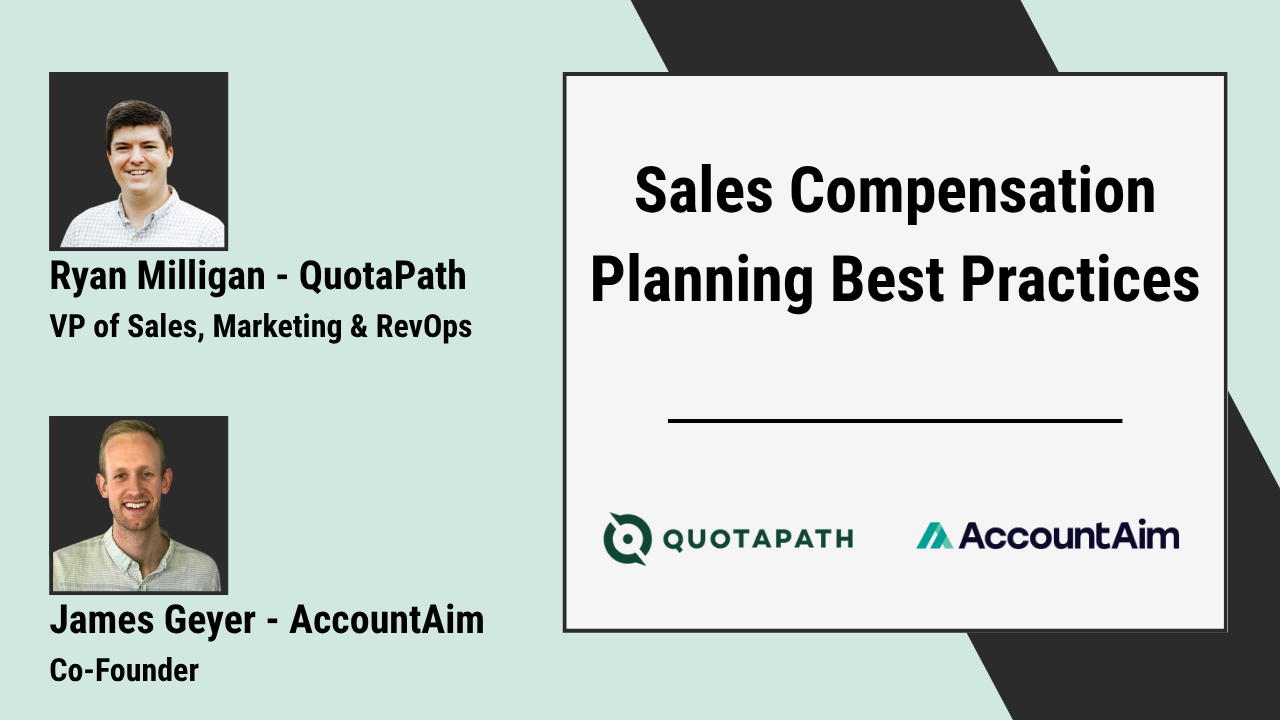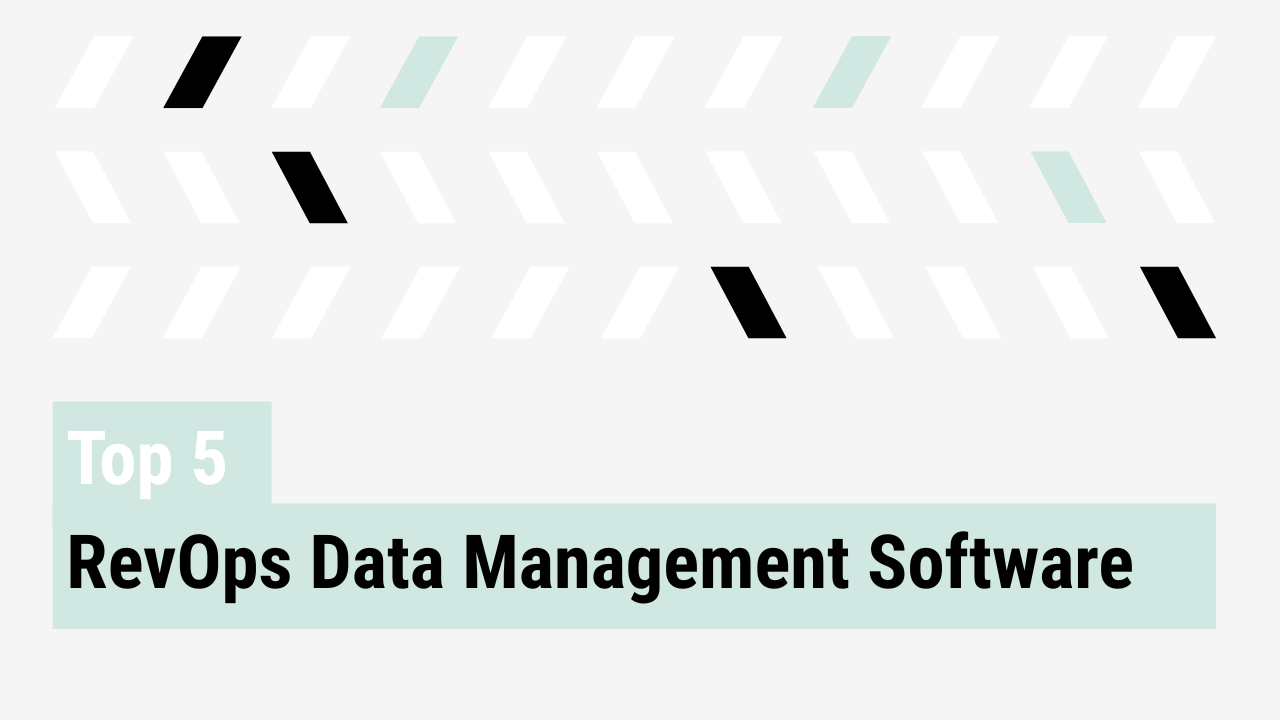Forecasting depends on the quality of underlying CRM data.
Accurate results require information that is current, consistent, and complete. This includes ensuring foundational data hygiene before applying forecasting logic or visualization tools.
Effective forecasting begins with well-prepared data inputs.
What poor forecast data often includes
Common issues in CRM data entry may include:
- Stale close dates: Opportunities marked as closing this month but untouched for multiple weeks
- Ghost pipeline: Deals lacking recent logged activity such as calls, emails, or updates
- Inconsistent stage usage: Variability in how teams interpret sales stages
- Missing contacts: Opportunities involving only a single low-level contact and no additional stakeholders
These patterns contribute to reduced forecast reliability.
Step 1: Define the non-negotiables
Sales leadership can improve forecast quality by setting baseline data hygiene criteria.
A standard hygiene checklist may include the following items:
- A clearly defined Next Step
- Recent activity within the past 20 days
- A Close Date in the current or a future month
- Inclusion of a Primary Contact
- Accurate stage assignment that aligns with documented sales processes
These requirements should be surfaced in the CRM using built-in tools such as validation rules, tooltips, or calculated fields, and reviewed regularly during forecast calls.
Step 2: Automate hygiene monitoring
Automation can support consistency and reduce manual effort by highlighting gaps and enforcing standards:
- Slack alerts for deals without recent activity
- Automated tagging based on predefined logic (e.g., “At Risk” or “Ghost”)
- Automatic exclusion of non-compliant records from forecast views
Tools such as Salesforce Flow can assist in implementing these automations. AccountAim provides capabilities to flag and manage pipeline data in real time.
Automated systems help ensure ongoing adherence to hygiene expectations.
Step 3: Promote shared accountability for pipeline quality
Sustained accuracy in forecasting requires a culture where data quality is considered a shared responsibility.
Sales representatives benefit from recognizing that:
- Their pipeline reflects the current business outlook
- Forecast data informs broader organizational decisions
Tactics to support this mindset include:
- Requiring documentation for forecast changes
- Linking data hygiene to compensation or performance metrics
- Sharing forecast accuracy metrics by team or individual
- Training managers to actively review and validate pipeline data
Clear connections between data quality and business outcomes can reinforce engagement with these standards.
Data preparation enables forecast confidence
High-quality forecasts rely on accurate, up-to-date data. Prioritizing hygiene practices before forecast construction leads to more dependable projections.
Establishing clear standards, using automation tools, and promoting accountability supports this outcome.
Improving pipeline quality directly enhances forecasting reliability.
Need help surfacing ghost opps or enforcing pipeline rules? AccountAim automates pipeline hygiene so you can forecast what’s real.
Learn More
See all six steps to a trusted sales forecasting framework in this blog post.



